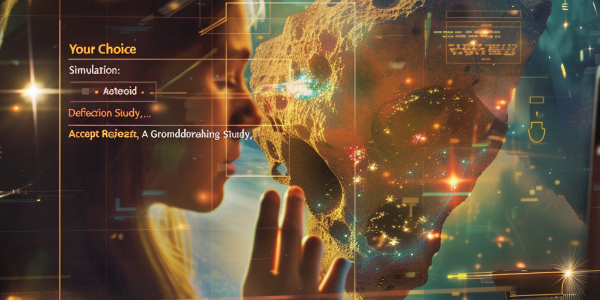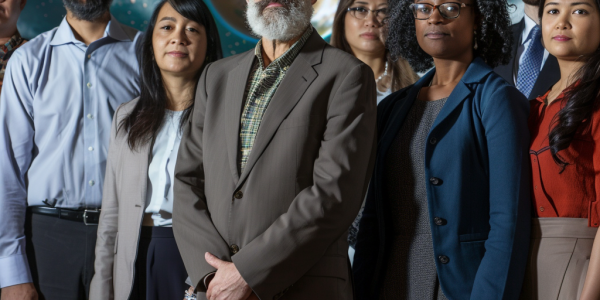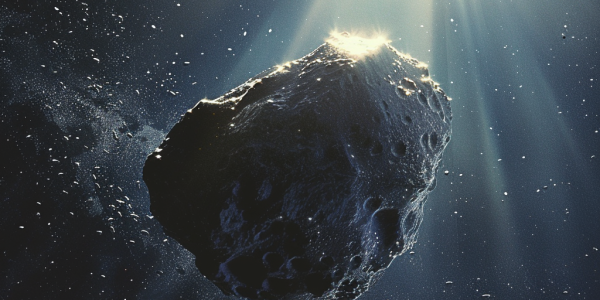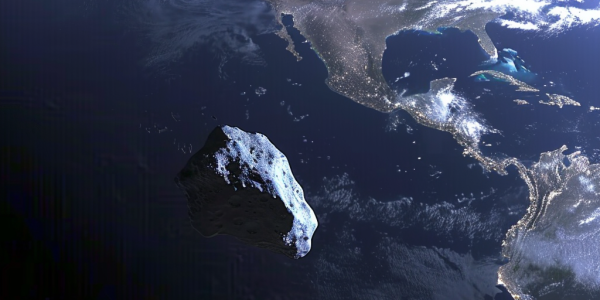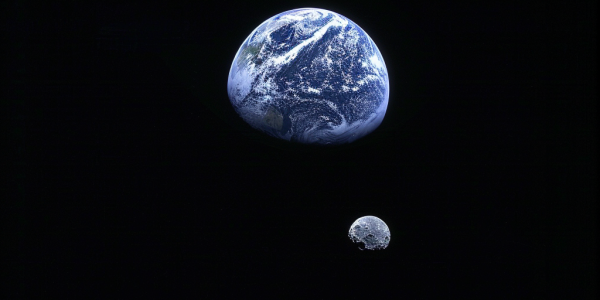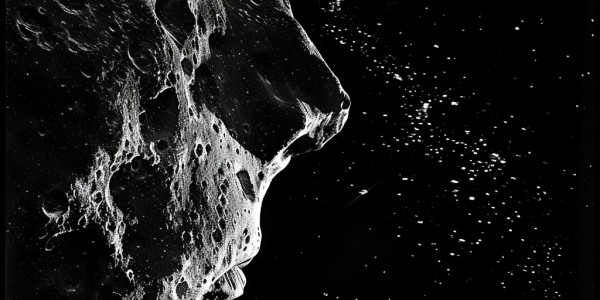Balancing Online Privacy and Asteroid Deflection Research
In a groundbreaking study published in Nature Physics, researchers at Sandia National Laboratories have simulated asteroid deflection using X-ray pulses, highlighting the urgent need for effective planetary defense against hazardous near-Earth objects. This innovative research, which builds on NASA’s Double Asteroid Redirection Test (DART), offers promising techniques for safeguarding Earth from potential asteroid impacts.
Earth to Temporarily Gain a Second Moon This Autumn
This autumn, Earth will temporarily gain a second moon as asteroid 2024 PT5 is captured by our planet’s gravity. Expected to appear on September 29 and remain in orbit for two months, this mini-moon will be too dim for the naked eye but detectable by professional telescopes. Discover the fascinating journey of this small asteroid and its implications for astronomy.
NASA Selects 12 Scientists for ESA’s Hera Mission to Study Binary Asteroid System
NASA has selected 12 participating scientists to join ESA’s Hera mission, which aims to study the binary asteroid system Didymos and its moonlet Dimorphos. The mission, scheduled to launch in 2024, seeks to validate the kinetic impact method for deflecting asteroids on potential collision courses with Earth. The collaboration between NASA and ESA will gather crucial data on the bodies’ composition and assess changes caused by the DART spacecraft’s impact.
NASA’s Mission to Capture $10 Quintillion Asteroid 16 Psyche
NASA has unveiled plans to capture an asteroid worth $10 quintillion named 16 Psyche, discovered 172 years ago. This asteroid, with valuable metals like gold, iron, and nickel, has sparked immense interest. NASA’s mission involves a spacecraft reaching 16 Psyche in July 2029 to gather scientific data until November 2031. Named after the Greek goddess of the soul, 16 Psyche orbits the Sun in the main asteroid belt, offering insights into planetary cores and planet formation. This ambitious mission may reshape our understanding of the cosmos.
Rare Cosmic Event: Asteroid Apophis to Approach Earth in 2029
Get ready for one of the most extraordinary space events in history as asteroid 99942 Apophis is set to make a close approach to Earth in 2029. With a 1.6% probability of impact, this rare cosmic event has NASA experts on alert. Stay informed and prepared for this once-in-a-lifetime celestial phenomenon.
Experts Discuss Hypothetical Asteroid Threat in Table-Top Simulation
A table-top simulation involving asteroid experts, NASA workers, and international partners highlighted the potential threat of a massive asteroid with a 72% chance of colliding with Earth in 14 years. With thousands of ‘near-Earth objects’ still unidentified, the exercise emphasized the need for ongoing preparedness and vigilance to protect the planet from catastrophic impacts.
NASA Warns of Plane-Sized Asteroid Approaching Earth in 2024
NASA warns of a 98-foot plane-sized asteroid, 2024 LB4, on a trajectory towards Earth, set to make a close approach on June 16, 2024. Despite its size and proximity, NASA assures no immediate threat. Continuous monitoring by the Center for Near-Earth Object Studies highlights the importance of planetary defense efforts and asteroid research. NASA’s Jet Propulsion Laboratory tracks asteroids like 2024 LB4 using advanced telescopes and radar systems to assess potential risks. The close approach in June 2024 underscores the need for ongoing vigilance in monitoring asteroids and ensuring Earth’s safety.
Unveiling the Effects of Space Environment on Asteroid Ryugu
A recent study led by Professor Yuki Kimura at Hokkaido University and researchers from 13 other institutions in Japan delves into the effects of the space environment on asteroid Ryugu. Utilizing samples collected by the Hayabusa2 spacecraft, the research uncovers new insights into the magnetic and physical bombardment experienced by objects in interplanetary space. This groundbreaking research sheds light on the long-term effects of space exposure and offers valuable insights into the magnetic properties of the asteroid.
Earth’s ‘Second Moon’ Originated from Moon’s Giordano Bruno Crater, Study Finds
Discover the fascinating story of Earth’s new ‘second moon,’ asteroid Kamo’oalewa, which originated from the moon’s Giordano Bruno crater. Learn about its unique orbit, recent findings linking it to the moon, and upcoming missions to uncover more about this celestial object.
Massive 280-Foot Asteroid Set to Make Close Approach to Earth Tomorrow
NASA reports that a massive 280-foot asteroid named Asteroid 2024 GM is set to make a close approach to Earth tomorrow, April 21. Despite its size, there is no cause for concern as it will come within about 4,450,000 miles of Earth before retreating back into the depths of the solar system. Learn more about how space agencies like NASA actively monitor celestial bodies to ensure they do not pose a threat to Earth.

